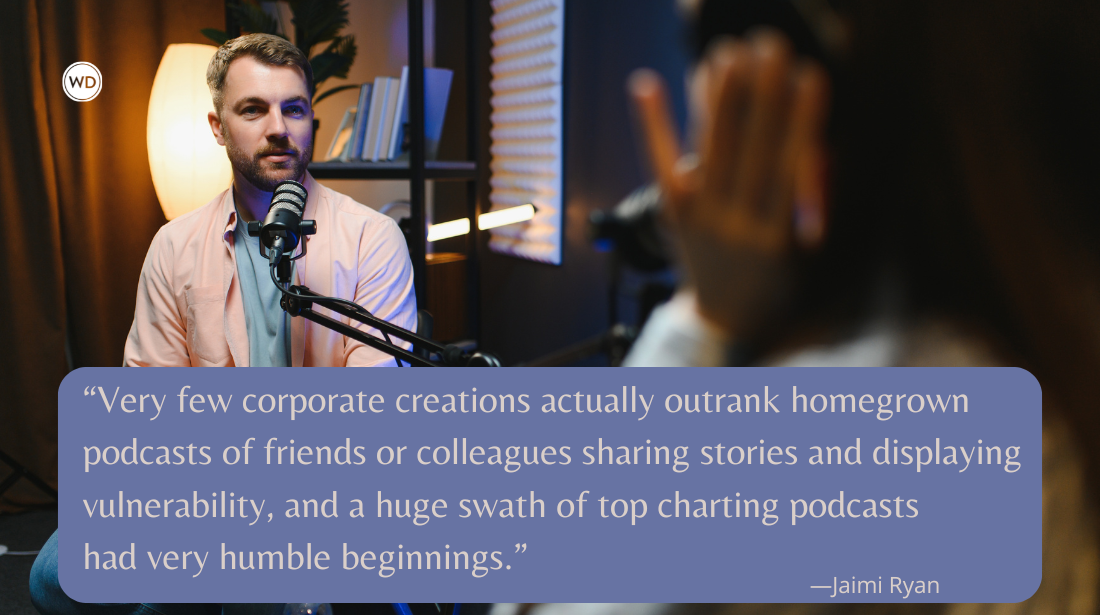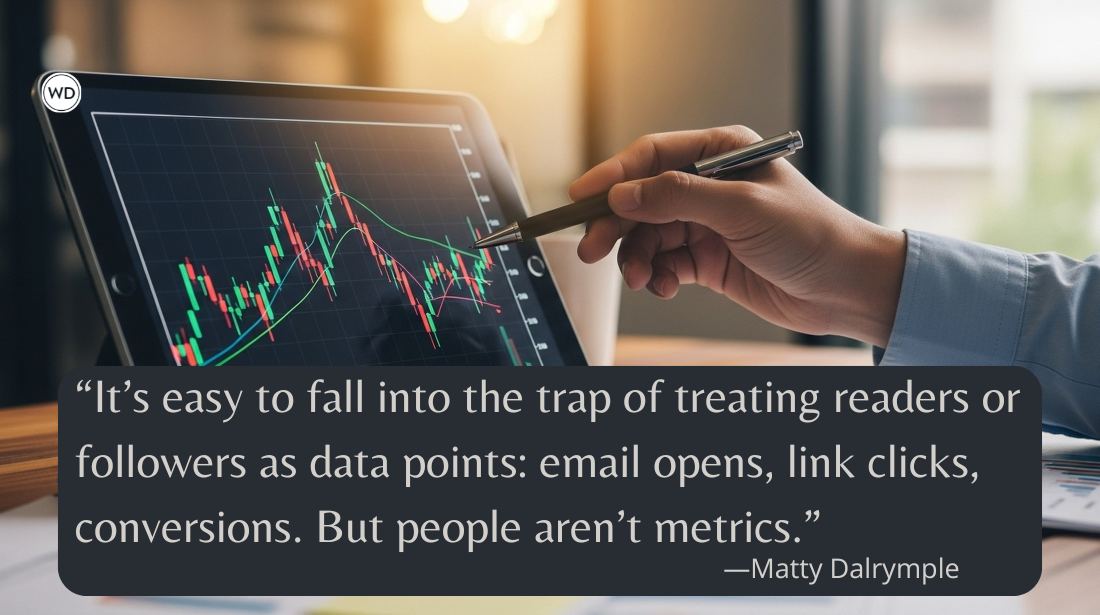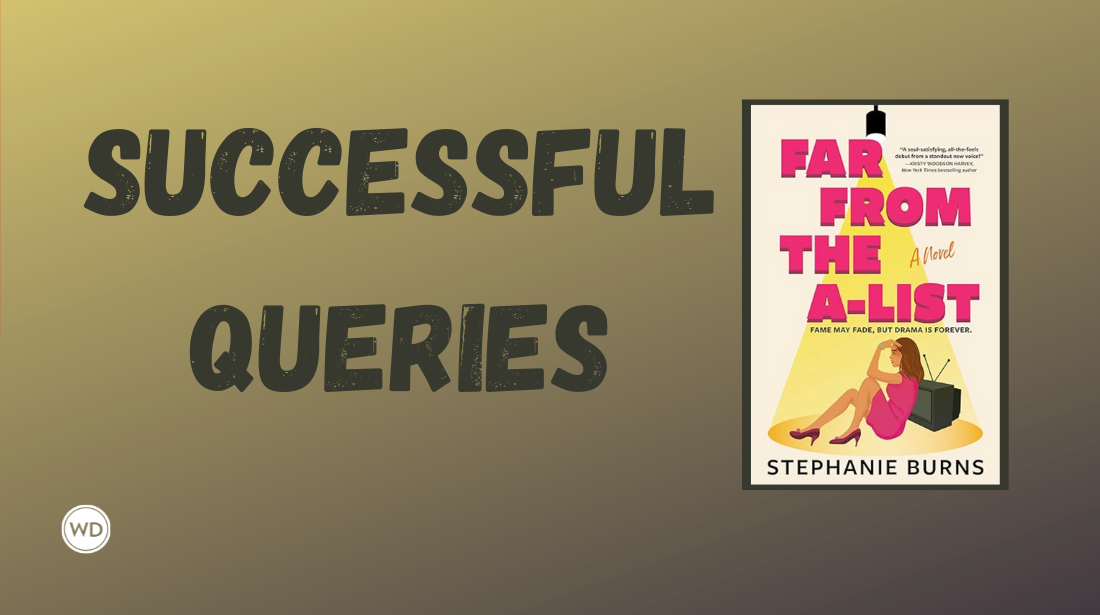The Copywriter as a CMO
Author and copywriter Robert W. Bly explains how client expectations of copywriters (and the services they offer) has evolved with media.
Back in the day, when copy was king, top DM (or direct mail) copywriters were revered and in great demand. But now, in the 21st century multichannel marketing world, being “just” a copywriter is not enough, one Gen Z copywriter recently proclaimed to me.
Today’s copywriters, he said, must also act as fractional CMOs (or Chief Marketing Officer) for their clients to deliver maximum value.
According to Brick Marketing (4/2/25): “Fractional CMO services offer C-suite professionals an agile solution to access senior-level marketing expertise on a part-time basis. A fractional CMO provides strategic oversight, aligns marketing initiatives with business objectives, and ensures teams are focused on delivering measurable results.”
Instead of being only a copywriter, says this Gen Z fellow, copywriters need to offer a whole host of related marketing services. These can include creating funnels, SEO, managing online ad campaigns, and advice on marketing strategy.
But this is hardly a new idea. In fact, it’s been around for decades.
When I became a full-time freelance copywriter in February 1982, my letterhead read “Bob Bly—Copywriter/Consultant.”
My specialty was writing direct mail. But direct mail has many moving pieces and parts. So clients relied on me to suggest offers and versions to test. Help with graphic design, printing, mailing lists, postal regulations, key coding, lettershop, and more.
A DM copywriter had to have a working knowledge of all these pieces and parts. And if he didn’t provide these services, he had to at least have a stable of mailing list brokers, freelance graphic designers, and printers to recommend to his clients. Today I maintain a list of recommended vendors on my website: https://www.bly.com/newsite/Pages/vendors.php
Some DM copywriters provided a one-stop, full-service DM agency service—managing, coordinating, and handling everything. Others, like me and Richard Armstrong, recommend and work with top DM graphic designers. But, as Richard says, “it’s not a package deal.” You have to hire us—and then our vendors—separately.
It was similar in other media. If you wrote TV and radio commercials, you just did the script—which was then handed to producers, directors, studios, and production houses.
If you wrote catalog and brochure copy, you handled the copy only. Professional graphic artists handled the design. We copywriters were free to focus on what we did and liked best: writing.
Today copy is still important, but it is on equal and sometimes even lesser footing than the other pieces and parts of digital marketing—everything from Facebook ad campaigns and social media, to funnel-building and analytics. And some clients demand that you be proficient in specific tools and software. Back in the day, all you needed was a typewriter and a telephone.
To hand in your copy, you put the pages in a 9 by 12-inch envelope, with a piece of cardboard inside to prevent the paper from being folded or mutilated. Before computer printers, and before I had a photocopier, I made a photocopy of my draft at the copy shop around the corner; I had tried using carbon paper, but never took to it.
I miss the simplicity of the good old days. I even miss my IBM Selectric—in particular, the feel of pounding away at the keyboard, and the satisfying sound of the keys crisply hitting the paper.









